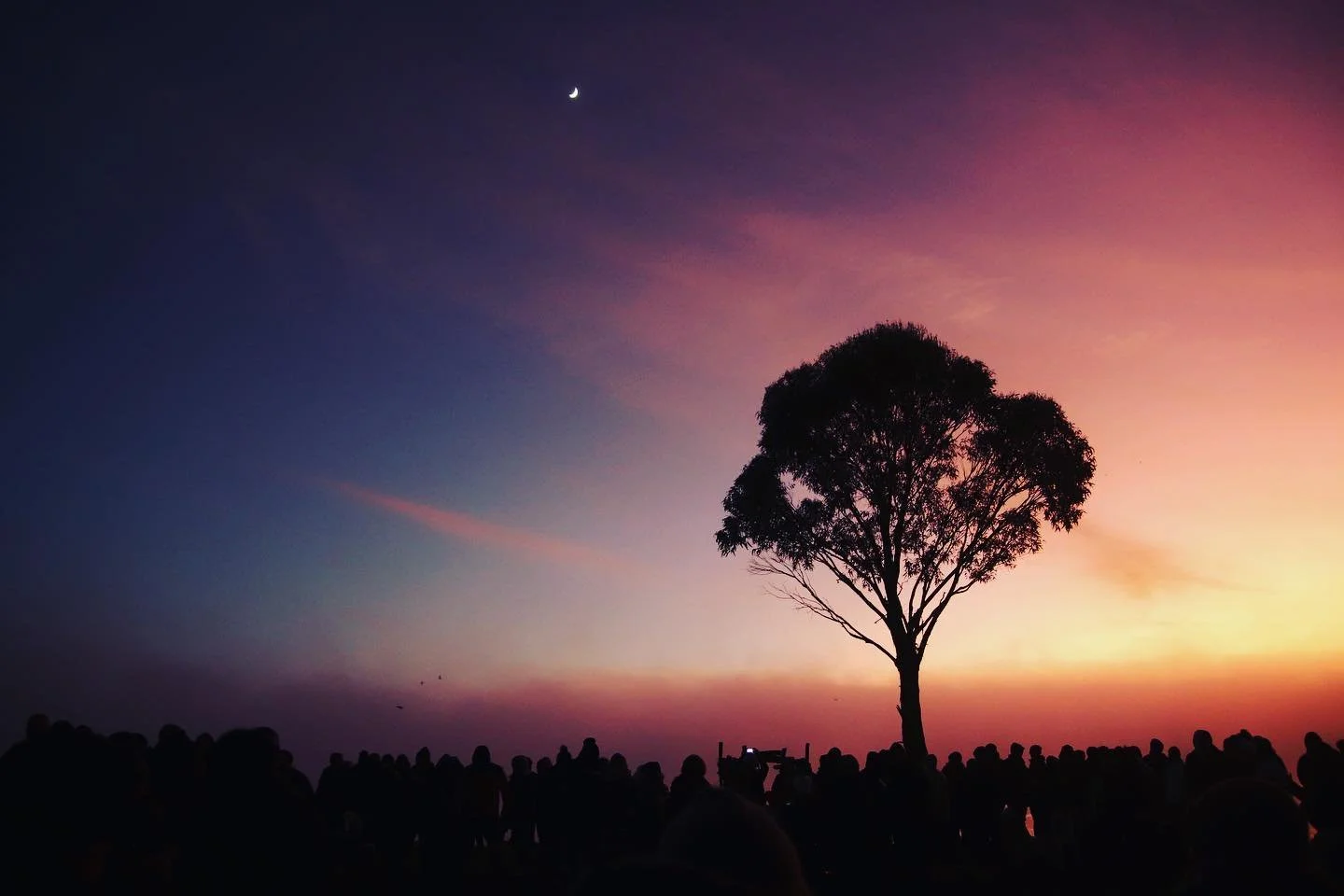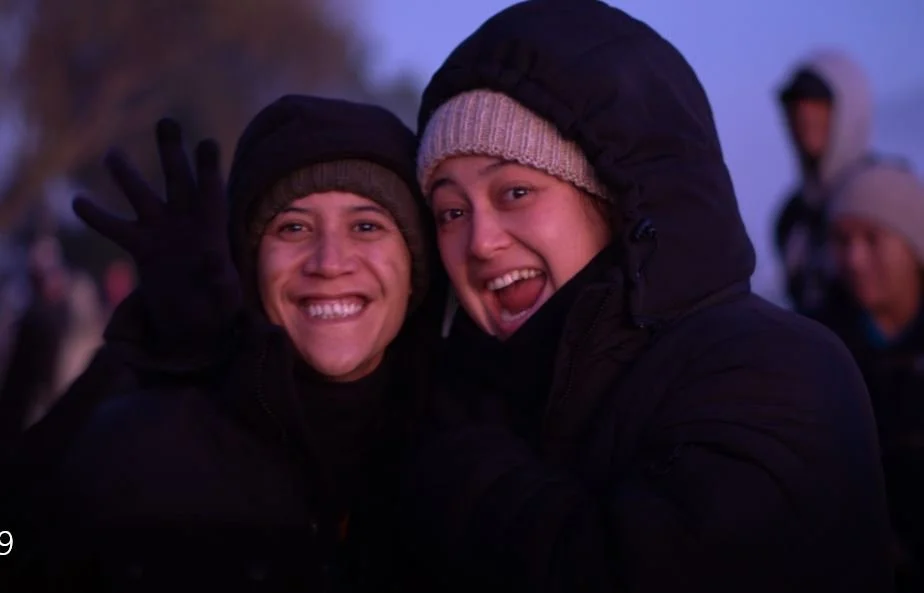-
![]()
What is Matariki?
Matariki is the Māori name for the star cluster commonly known as Pleiades and Subaru. When Matariki rises in the northern-eastern skies in the morning of the Tangaroa moon phase in the seasons of Tahi-o-pipiri or Ruhanui, it signals the start of the Māori New Year. Matariki holds great cultural and spiritual significance for the Māori people of New Zealand. It marks the beginning of the Māori New Year and is a time of reflection, remembrance, and renewal. Matariki represents the cluster of stars that guided ancestral voyagers across the Pacific and signifies the connection between humans and the cosmos.
-
![]()
When is Matariki?
Māori follow the lunar calendar which is based on the monthly cycles of the moon’s phases. That means each year the exact day will change (like Easter) The official Matariki day (public holiday) in 2022 is (in Te Arawa) Ōtāne o Tahi-o-Pipiri, Friday 24 June 2022. According to the Te Arawa tradition, Matariki typically occurs during the mid-winter months of June or July. The exact timing may vary slightly, depending on the region and the visibility of the stars. During this period, the sighting of Matariki is eagerly anticipated as it signals the start of a new year and the opportunity to gather with loved ones to celebrate and honor the past, present, and future.
-
![]()
Who is Matariki?
Matariki is not just a cluster of stars but is personified as a celestial being, often referred to as the mother or provider. In Māori mythology, Matariki is associated with various ancestors and is considered a symbol of growth, abundance, and unity. The seven stars of Matariki each have their own significance, representing different aspects of life and the natural world.
Photo credit - Matariki and her children in the sky. Rights Te Haunui Tuna 2016. E ai ki a Dr Rangi Matamua Waipuna-ā-rangi - Watches the skies, rains, snows, sleets which…
-
How can we celebrate Matariki?
Matariki is a time for coming together and embracing Māori culture and traditions. Celebrations can include various activities such as storytelling, cultural performances, art exhibitions, stargazing, and feasting on traditional foods. It's also a time for reflection, setting new goals, and fostering connections with whānau (family) and community. Participating in Matariki events and ceremonies is a wonderful way to honor the Māori heritage and engage in the spirit of the New Year.
-
![]()
Te Wānanga o Aotearoa
Māori believe that appearance of Matariki in the morning sky in mid-winter marks the Māori New Year, or Te Mātahi o te Tau. It signals a time to remember those who have passed, celebrate the present and plan for the future. It’s a time to spend with whānau and friends – to enjoy kai (food), waiata (song), tākaro (games) and haka.
Our tūpuna (ancestors) would look to Matariki for help with their harvesting. When Matariki disappeared in April/May, it was time to preserve crops for the winter season. When it re-appeared in June/July, tūpuna would read the stars to predict the upcoming season. Clear and bright stars promised a warm and abundant winter while hazy stars warned of a bleak winter.
Because Māori follow the Māori lunar calendar, not the European calendar, the dates for Matariki change every year. In 2023, we celebrate Matariki from 11 July to 17 July, with a national public holiday on 14 July.
-
![]()
Mānawatia a Matariki resources - Karakia Booklet
To assist us on our Matariki journey, Te Arawhiti has published this resource to celebrate and educate readers about the traditions and cultural importance of Matariki.
This booklet, featuring karakia written by Tā Pou Temara and Professor Rangi Matamua, equips us with the relevant knowledge to understand the traditions of Matariki, while reflecting and cementing Matariki as an integral part of our society – to be enjoyed, not only by Māori and Indigenous communities, but by Aotearoa New Zealand as a whole.





